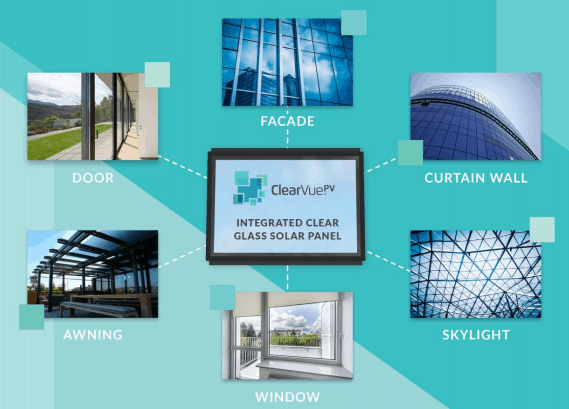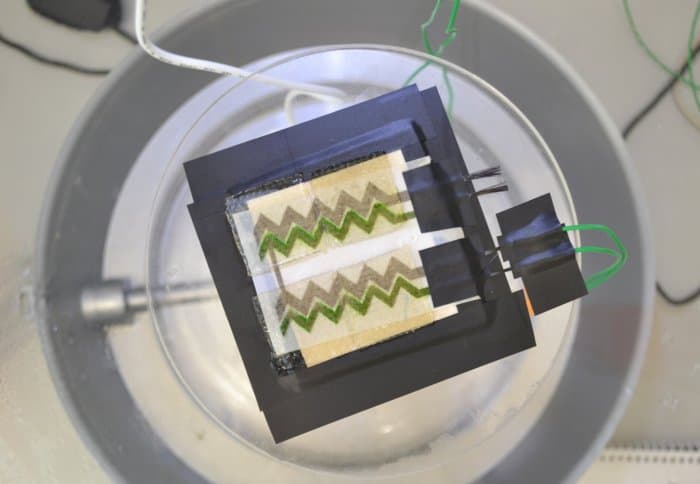We’ve written about ClearVue solar glass a couple of times already this year – the Perth based company has had a successful IPO and has some great tech behind it. On Wednesday they announced the development of a frame-independent Insulated Glass Unit which will house the ClearVue integrated clear glass solar panel.
The ClearVue integrated clear glass solar panel.

A press release on the ClearVue website has given an indication of what we can expect from this company – they’ve developed these IGU’s which means there will be more licensing opportunities, as the clients ‘no longer need to rely upon ClearVue proprietary window frame designs and can instead utilise industry standard frames’ – meaning it’ll be far easier to get the tech into more homes, office buildings, boats, or even caravans.
This represents a fairly significant shift in tech for the company who previously built the PV cells around the inside of the window frame – where it’s now captured within the IGU glass module itself – making it far easier to apply their BIPV integrated clear glass solar panel.
ClearVue Executive Chairman Victor Rosenberg said in the press release that the new IGU units will open up their ability to sell more units and include them in wider ranges of usage:
“The move away from dependency upon any specific frame design to an industry standard IGU that can be supplied to innumerate framing companies and window fabricators will significantly increase ClearVue’s potential to reach a global market faster. This simple step has widened our scope for even greater licensing opportunities”
The IGU units will be used in early trial sites in, amongst other places, Mirreco’s micro-homes. In other news, their window and glass curtain wall solutions continue to progress and are expected to be completed on schedule. We can’t wait to see what’s next for this and for solar windows! One of my favourite pieces of solar tech.



